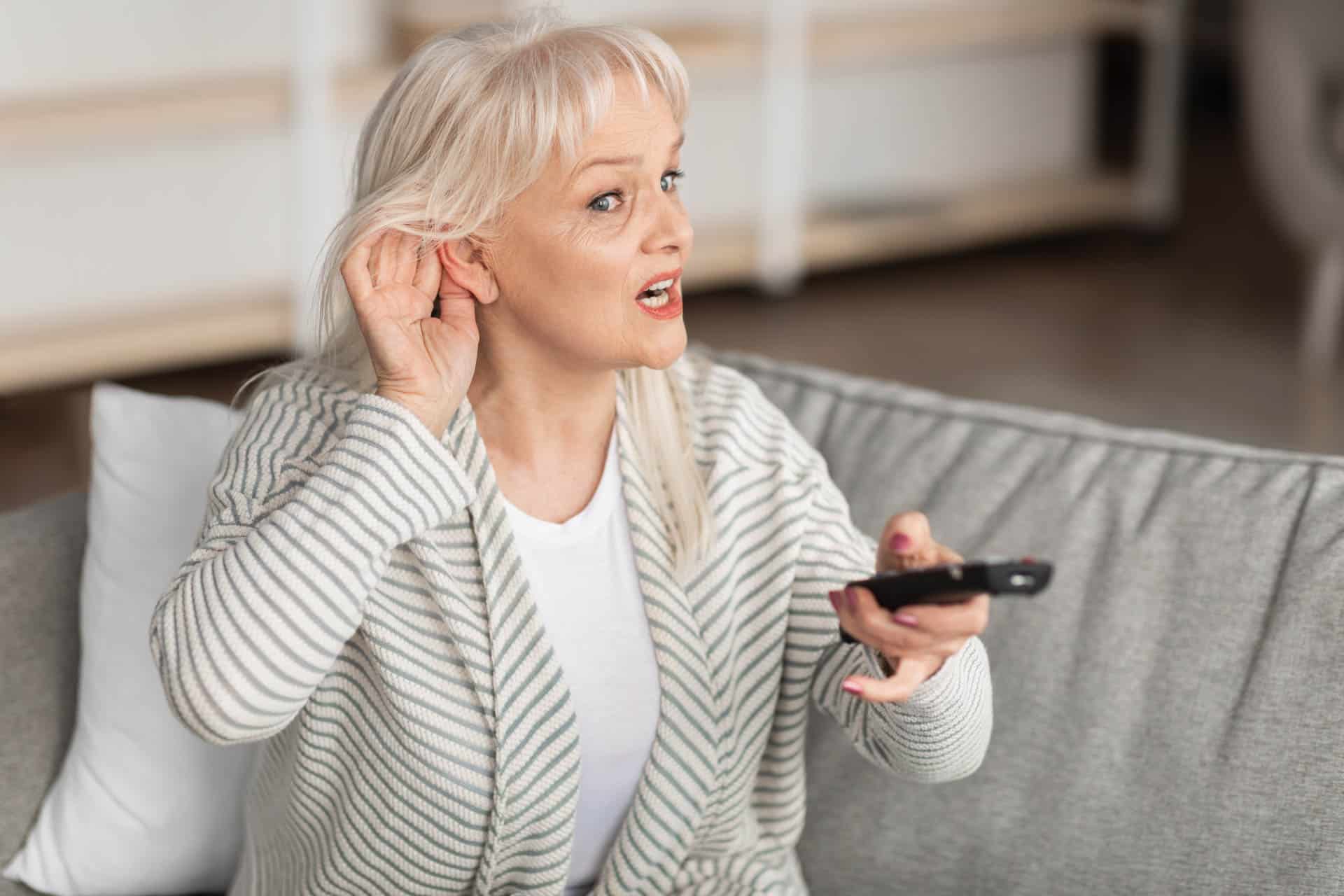Delivery in 2-3 working days
Remove earwax
When you think of earwax, the first thing that probably comes to mind is "dirty ears" and, in this context, cleaning the ear canal. Many people even feel disgusted at the thought of removing earwax.
But did you know that earwax actually has an important function for our ears? Find out below what this is and what you should pay attention to when removing earwax.
What is earwax?
Earwax is a secretion of the earwax glands, which is usually yellowish or brownish in color. It is also called ear wax or, in medicine, cerumen.
What many people don't know: Earwax is not a superfluous waste product. Instead, it is a protective secretion. It has the task of protecting our ears and especially our hearing, for example against dirt or dust and other foreign bodies that could get into our ears. Thanks to the greasy and sticky consistency of earwax, it catches dirt particles and prevents them from entering the ear canal, where they could potentially cause damage.
But that's not all: the earwax also ensures that dirt and bacteria do not get stuck in the ear. Chewing and speaking slowly removes the cerumen from the ear.
Another advantage of earwax is that it keeps the ear canal supple. As a "natural lubricant", it protects the skin in the ear from drying out.
Earwax also contains enzymes and acids that inhibit the growth of bacteria and fungi. It can therefore prevent infections in the ear.
And have you ever wondered why earwax tastes bitter? The reason is that it is supposed to deter insects from getting into our ears.
Thus, earwax plays an important role in maintaining ear health. Instead of seeing it as an annoying dirt, we should recognize the useful functions of this substance and treat our ears with due care.
Why do some people have more earwax than others?
Increased production of earwax cannot be attributed to a lack of hygiene. Instead, there are various reasons why some people have more earwax than others. These include
the genetic predisposition:
Specific genes influence the consistency (e.g. moist or dry and crumbly) and the amount of earwax produced.
the gender:
Men generally produce more earwax than women.
the age:
Age also plays a role in the production of cerumen. Older people tend to produce more. In addition, increasing hairiness can lead to a slowing down of the removal process. Children produce significantly more cerumen than adults.
excessive cleaning:
As a rule, the ear produces just as much earwax as it needs. Too frequent cleaning can therefore lead to increased production.
external factors:
Regularly wearing hearing aids, but also in-ear headphones, can lead to an increase in secretions in the ear.
Too much earwax? When the ear is blocked.
Even if the ear normally regulates the production of earwax itself, it can happen that the ear becomes blocked. This is often due to "incorrect" cleaning, for example with cotton buds. This pushes the wax too far into the ear, where it becomes trapped. The consequences can range from hearing problems or hearing loss to ear infections and earache.
Symptoms of a blocked ear or an earwax plug include hearing loss, ringing in the ears such as buzzing or hissing, a feeling of pressure in the ear and even earache.
If you notice hearing problems or earache, it is advisable to see an ENT specialist. They can determine the specific cause of the symptoms and check whether too much earwax is really the reason.
Remove earwax:
Tricks and tips
As we have now established, our ears basically clean themselves. Excessive or too frequent cleaning can therefore be unnecessary or even harmful.
Nevertheless, the removal of earwax is sometimes necessary, for example if there is excessive production or a build-up that blocks the ear canal and causes hearing problems.
Here are a few tools and tricks for removing earwax:
- Water: Clean your auricles using a washcloth and warm water. Make sure that no water gets into your ear.
- Ear spray: Ear sprays are designed to clear the ear canal of excessive earwax. They usually contain a special solution that softens the wax and supports its natural removal.
- Ear drops: Ear drops, often based on salt water or oils, help to unblock the ears with earwax.
-
Earwax remover: These mechanical aids are specially shaped instruments that make it possible to remove excess earwax. However, special care must be taken here so as not to injure the ear.
It is important to clean the ears carefully and properly to prevent injury to the eardrum or ear canal.
Earwax removal at the doctor
If you are unsure, consult your doctor. They have various safe methods for removing earwax correctly. These include, for example

- Ear irrigation: A doctor can perform a professional ear irrigation. This involves rinsing the ear canal with a special liquid to loosen the earwax.
- Ear drops: The doctor can prescribe special medicated ear drops that soften the earwax and make it easier to remove.
- Scraping: Using a small, spoon-shaped instrument known as a curette, the doctor can manually and gently remove the earwax from the ear canal.
- Microsuction: Using a special suction instrument, the doctor can carefully remove the cerumen.
Better not: Methods to remove earwax that should be avoided
Of course, there are also a lot of secret tips and home remedies for removing earwax. However, it is better not to use some of them, as they could be dangerous. These include, for example, cotton buds, which often do more harm than good in the ear. They often only push the earwax deeper into the ear canal. This in turn can lead to blockages and even injuries to the eardrum. Other thin objects such as hairpins, matches etc. should also never be used to remove earwax, as they can damage the sensitive tissue in the ear.
Ear candles are also not recommended. The use of ear candles, where a hollow candle is inserted into the ear and lit, is supposed to draw out the earwax through the resulting suction. However, this is controversial and is not recommended by experts. This method carries the risk of burns and can even lead to blockage of the ear canal by wax.
Prevention and care
True to the motto "better safe than sorry", you should take the best possible care of your ears and ear canal to avoid overproduction of earwax.
Regular and gentle care, such as cleaning the outer ear with a soft cloth, can help to reduce the formation of earwax
You should also make sure that you do not wear earplugs and headphones for too long. This is because they can impair the ventilation of the ear canal.



